I need to find all the lattice points inside and on a polygon.
Input:
from shapely.geometry import Polygon, mapping
sh_polygon = Polygon(((0,0), (2,0), (2,2), (0,2)))
Output:
(0, 0), (1, 0), (2, 0), (0, 1), (1, 1), (2, 1), (0, 2), (1, 2), (2, 2)
Please suggest if there is a way to get the expected result with or without using Shapely.
I have written this piece of code that gives points inside the polygon, but it doesn't give points on it. Also is there a better way to do the same thing:
from shapely.geometry import Polygon, Point
def get_random_point_in_polygon(poly):
(minx, miny, maxx, maxy) = poly.bounds
minx = int(minx)
miny = int(miny)
maxx = int(maxx)
maxy = int(maxy)
print("poly.bounds:", poly.bounds)
a = []
for x in range(minx, maxx+1):
for y in range(miny, maxy+1):
p = Point(x, y)
if poly.contains(p):
a.append([x, y])
return a
p = Polygon([(0,0), (2,0), (2,2), (0,2)])
point_in_poly = get_random_point_in_polygon(p)
print(len(point_in_poly))
print(point_in_poly)
Output:
poly.bounds: (0.0, 0.0, 2.0, 2.0)
1
[[1, 1]]
I have simplified my problem. Actually, I need to find all points inside and on a square with corners: (77,97), (141,101), (136,165), (73,160).





